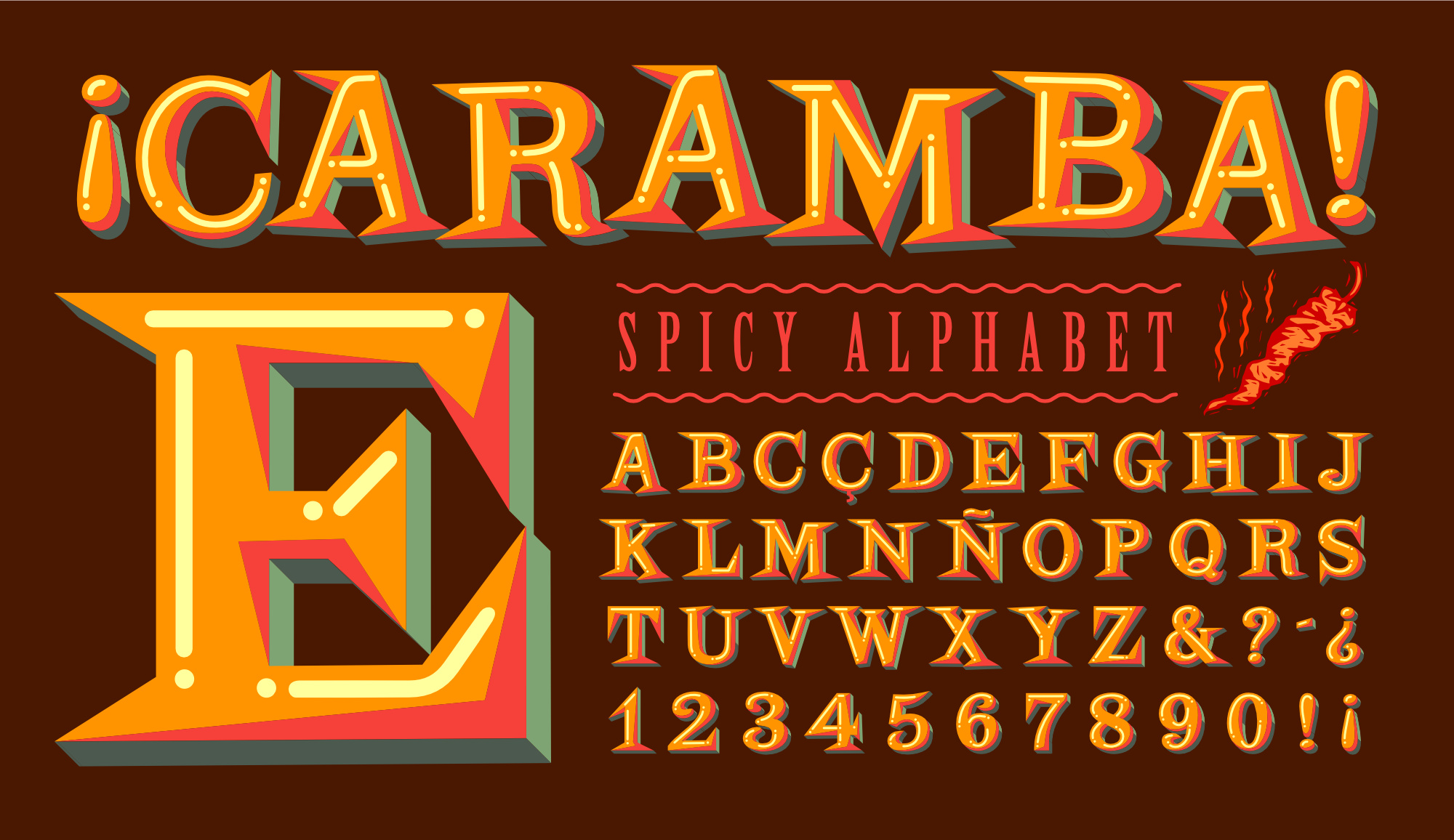
Tricky Spanish Phrases (You’re Not the Only One Who Messes Up!)
Oh man, how many times did I say the wrong thing in Spanish when I was living and working in Mexico? I can’t even count! I was the comic relief in many meetings and the amusement of many of my new friends.
When you’re learning a new language, you’re suddenly like a child again: making the wrong sounds, saying the wrong words. You don’t have a good handle on the language, and you don’t have years of experience listening to it, so you don’t even realize the mistakes you’re making.
To help you avoid the mistakes that we here at Fluency Corp have made, we’ve compiled a list of the most common pitfalls for English speakers learning Spanish.
Take Care With Spanish Reflexive Verbs
Be careful with reflexives and try not to make a verb reflexive that doesn’t need it. For example, let’s look at the phrases that mean “I like” and “I hate” in Spanish
“Me gusta” means “I like it.” Many Spanish learners want to conjugate the verb “gustar” like we do all other Spanish verbs. They want to put an “o” at the end, to say “I like,” but that’s not how “gustar” works. Just like “interesar,” “molestar” and “fascinar,” it sounds like the passive voice in English. For example, literal translations would be “it is pleasing to me,” “it is bothering me” and “it is interesting to me.” So the subject is it not “I” like it is in English.
You’ll hear some Spanish learners saying “me gusto,” which means “I am pleasing to myself” or “I like myself.” Although we’re super proud of their self-esteem, we’re sure that’s not what they meant to say. They meant to say, “me gusta” (“‘I like it”).
On that same note, when I was first living in Campeche, Mexico, I walked around saying “I hate myself.” Why would I do this? I was applying the same rules from “gustar” to the verb for hate: “odiar.” They DO NOT work the same way. “Odiar” is just like any other verb and does not need the “me” before it. “I hate” is simply “odio,”not “me odio.” Oops.
Anyone around me must have thought that I had a really low opinion of myself. Finally, another American teacher who spoke Spanish told me, “Stop saying you hate yourself. Stop putting the ‘me’ in front. It’s not ‘gustar!’” Thank goodness someone said something. Until then, I guess everyone was being polite.
Don’t Confuse ‘O’ and ‘A’ Sounds in Spanish
Be careful with the sound for “o” and the sound for “a.” In English, we often pronounce the “o” sound like the “a” sound. Ahhhhhh. But in Spanish, you will mess up a lot of words this way. Make sure your “o” sounds more like “open” than “opportunity.”
In Spanish, the “o” sound is really sharp and your lips are extremely rounded into a tight circle, as if you had an egg in your mouth. This sound technically doesn’t exist in English. But if you say it like the “ahhhh” sound, then you will mess up words like “hombre” and “hambre.” I once said to my boyfriend, “Tengo hombre,” which means, “I have a man.” He was slightly confused, until I started pointing at my stomach. He relaxed after that. For a second, he thought we were breaking up.
Avoid This Risque Mistake in Spanish
Let’s talk “peine” versus “pene.” Most Spanish learners avoid these words completely. They’re like “shit” and “sheet” for English learners.
But if you’re up for a challenge, take a deep breath before you dive into one of these words, and make sure you’re pronouncing that “i” in “peine” with all your might (make it sound like a very quick EEE sound).
“Peine” is combing your hair, while “pene” is a man’s genitals. Ojo! Be careful. Forgetting that tiny “i” sound can be extremely detrimental to your sentence. It’s a good thing you typically don’t talk about combing your hair at work, so you’ll likely be safe among friends if you mess this up.
However, I did hear a woman order a “pene” at a bar once. She meant to say “pineapple,” which sounds like “peen-yuh” not “peh-neh.” She gave the bartender quite the jolt! And she never ordered pineapple in her drink ever again. Too risky!
Here’s how I remember: Peine has the letter “i” in it, which sounds like “eee,” and a comb looks like a TON of letter “e”s in a row. So make sure that “eeee” sound is good and clear when you say the word ‘”peine.” And remember, you don’t want to say the “penne pasta” word!
The Most Confusing Verbs in Spanish
And then there are the complicated verbs that make no sense, at least to me. Therefore, I just memorize how to use them correctly. If I really think about the grammar, then I just get confused.
Basically, though, we’re just dealing with active and passive voice with an extra “se” in the phrase.
So, to say that you forgot something, it’s “se me olvidó.” Literally, that translates to “it was forgotten by me.” “Se me olvidaron” means “they were forgotten by me” or “they were forgotten.” Or “it got forgotten.” Or “they got forgotten.” Or “I forgot it” and “I forgot them”.
I never learned this in a book. Instead, I always heard people using it and so started repeating it in the right context (the best way to learn).
This construct works with other verbs as well: “perder,” “caer” and “romper.”
It was lost (I lost it) — se me perdió
They were lost (I lost them) — se me perdieron
It was dropped (I dropped it) — se me cayó
They were dropped (I dropped them) — se me cayeron
It was broken (I broke it) — se me rompió
They were broken (I broke them) — se me rompieron
I hope my embarrassing mistakes have been helpful for you. Here at Fluency Corp, we encourage mistakes. Mistakes mean that you’re trying to speak and trying to communicate. Those who try are always the ones who get fluent more quickly. Remember, it’s all about talk time. The more time you speak the language, the more you will learn. So go ahead, go say “peine” in public with pride, because you’re a brave soul who is trying to speak a new language.
Micah Bellieu is CEO and Founder of Fluency Corp – a company that gets employees fluent globally. She took eight years of high school and university Spanish without becoming fluent. Finally, she decided to speak Spanish for two hours every day. Voila! She got fluent. If you or your employees are interested in improving communication in English, Spanish or another language, reach out to us to get the job done.
Contact us for a free consultation: getfluent@fluencycorp.com or (800) 401-3159. Check out our success stories.










